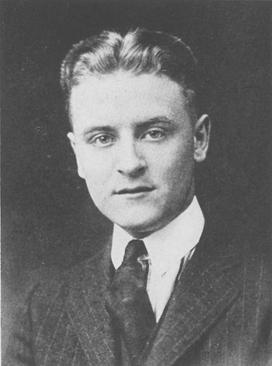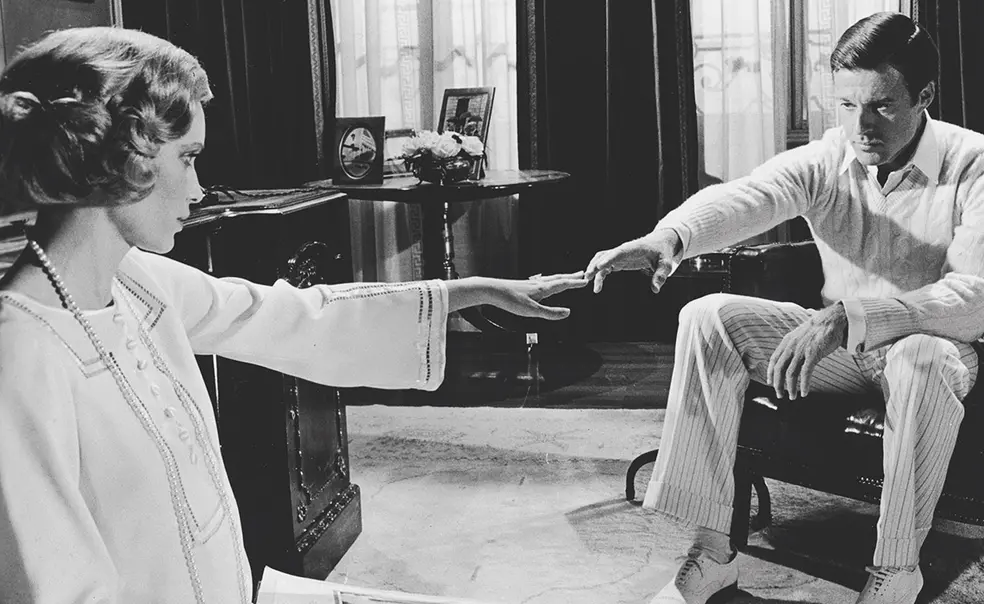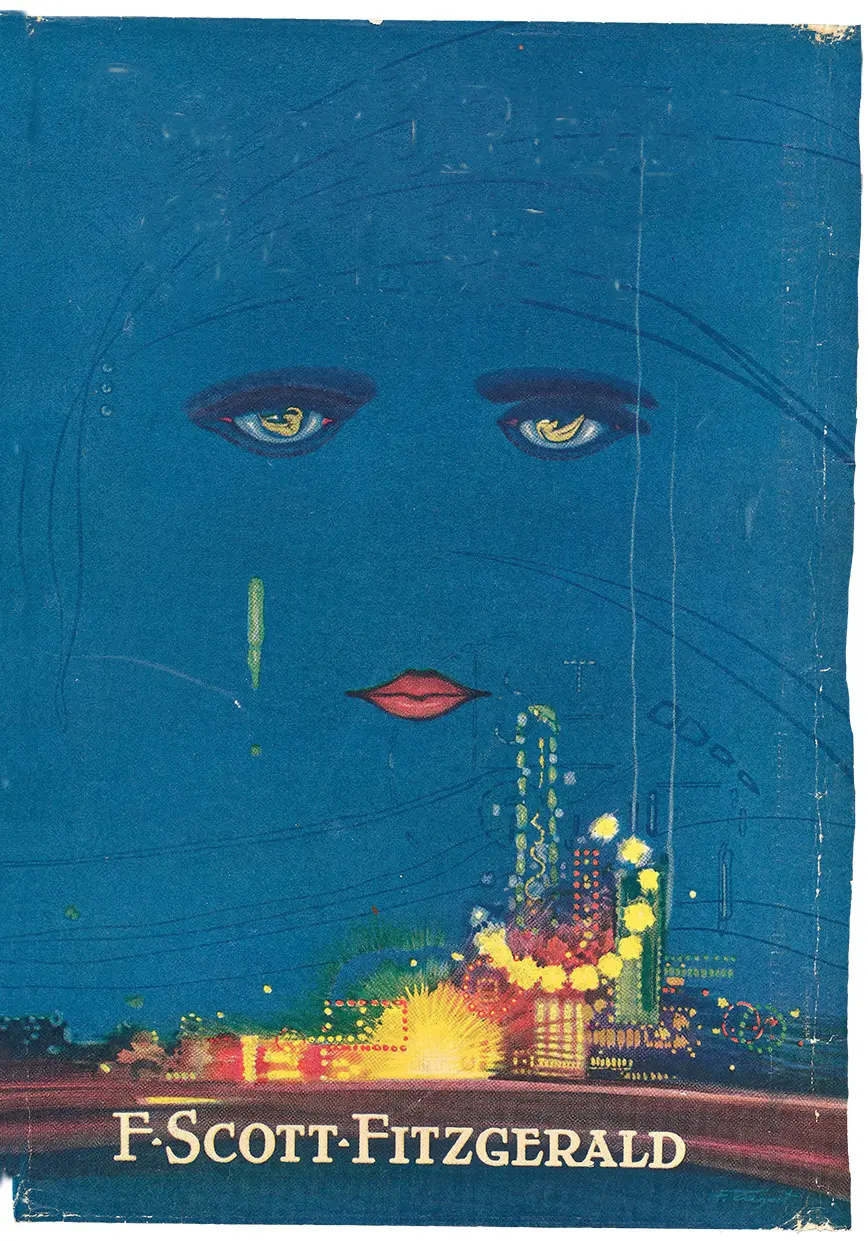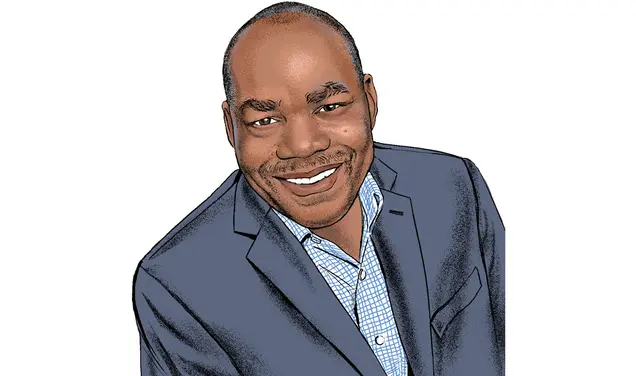How ‘The Great Gatsby’ Explores Prejudice
A Gatsby expert reflects on the misconceptions around depictions of race in the novel
F. Scott Fitzgerald 1917 was 24 years old in the summer of 1921. Living in Saint Paul, Minnesota, with his pregnant wife Zelda, flush with the success of his first two novels, he was contemplating — surprisingly bleakly — a third. To his great editor at Scribner, Max Perkins, the young man wrote, “My 3d novel, if I ever write another, will I am sure be black as death with gloom. I should like to sit down with ½ dozen chosen companions and drink myself to death but I am sick alike of life, liquor, and literature.”
He did write another. As he worked on The Great Gatsby, he was vitally conscious of rising wealth and the consequently exacerbated social divide in America, as well as a concomitant rise in prejudice against recent immigrants — and the racial prejudice that had marked and marred these United States since our earliest colonial days. The Civil War freed enslaved people in the South, but racism kept those newly freed from education, geographical and social mobility, jobs, and voting. By the early 1920s, waves of immigration from eastern European countries were reshaping America’s cities.

Fitzgerald had not directly addressed issues of prejudice and, specifically, race in his first two books, but as an established writer now, conscious already of his position as someone for whose work both readers and critics waited eagerly, he chose to do so in this new novel. It is the story of Jimmy Gatz, later Jay Gatsby, “Mr. Nobody from Nowhere,” a poor Midwestern boy who fought in the war and irrevocably loved a rich girl, and who lived and died in the shimmering seductive star path of the “American Dream.” The depictions and mentions of race in the novel go hand in hand with Fitzgerald's social criticism; and his creation of, and attention to, the details Nick Carraway notes, shares with readers in his own sometimes prejudiced terms, show Fitzgerald's own keen attention to racism in contemporary American culture.
The characters of Gatsby individually reflect the outcomes of this dream, or nightmare; and the idea of slavery and enslavement was once inherent in its very title. The skinny, now much-marked-up galley proofs returned to Fitzgerald by Scribner’s in autumn 1924 still bear one of his working titles for the novel, Trimalchio, the name of a freed man, who was enslaved by the Romans, who flaunts his considerable wealth in Petronius’s Satyricon.
Contemporary reviews of Gatsby, regularly noting the unsavoriness and moral failings of the characters. The Selma, Alabama Times-Journal spoke elliptically of the novel's engagement with “the incongruities bred of present-day life.” By this, the reviewers meant rich people and poor people, and people of different ethnicities, intersecting in city restaurants and on commuter trains, at large anonymous parties, serving in a war, stopping at a gas station, in bed. Our self-proclaimed honest narrator, Nick Carraway, most often provides the point of view and opinions on this, as on much else. Nick appears at first to be generously sympathetic to others. When in the first chapter we meet his cousin Daisy’s husband, Tom Buchanan, we are, along with Nick, shocked and repelled by him. Tom’s a fantastically wealthy man who inherited money and has done nothing of note in his life (except to play football for Yale). He is unrelievedly a bully, lazy, mean, an abuser of women, and, memorably, a racist, ranting at lunch about a book he has read warning against "the rise of the colored empires" and the need for the “Nordics” to “beat them down”— all based on a real book by the white supremacist and eugenicist Lothrop Stoddard.
Tom’s deepest spoken disgust is reserved for people of color. In the novel’s climactic scene in a sweltering room in the Plaza Hotel, Tom makes the leap from Gatsby making love to his wife to raging at the prospect of intermarriage between Black and white people. By this point, Nick knows Tom all too well and terms this “impassioned gibberish” while the next line, Jordan’s murmured “We’re all white here,” seems an almost unnecessary reminder that these are all wealthy people, gathered in a luxury hotel room for no good reason.
The dislike for Tom that Nick shares with readers is complicated by what Fitzgerald shows of Nick’s own prejudices. A memorable example is when Nick meets Meyer Wolfsheim and thinks to himself “A small, flat-nosed Jew raised his large head and regarded me with two fine growths of hair that which luxuriated in either nostril.” Though Wolfsheim’s nose is flat, which is to say not hooked, Nick refers to it repeatedly throughout lunch; the nose becomes synecdoche, standing in for the whole of Wolfsheim like a nasty contemporary cartoon caricature of a Jewish man.
There’s also the moment when Nick and Gatsby are on their way to New York and passed by “a limousine, driven by a white chauffeur, in which sat three modish negroes, two bucks and a girl.” Nick laughs out loud “as the yolks of their eyeballs rolled toward us in haughty rivalry.” It’s quite a racist way of describing three people in a passing car doing exactly what Nick himself is doing: just looking. Nick is even unkind about his Nordic housekeeper, referring to her as “my Finn.” We don’t ever know her name.
Ah, critics today could say, Nick is just a typical upper-middle-class white American man of his times — like F. Scott Fitzgerald. Yes, but the fact of Fitzgerald foregrounding prejudice in his apparently nice-guy, usually likeable narrator both interrogates and challenges bigotry in the Jazz Age.
This is an idea scholars have explored more as the race of many of the characters in the novel are never explicitly given and Jordan Baker and Gatsby are both described repeatedly as brown-skinned. Carlyle Van Thompson tackles this in his 2004 book The Tragic Black Buck arguing that “Fitzgerald litters his novel with signifiers that suggest Gatsby to be Black,” from his changed name to his skin to his “more than 40 acres of lawn and garden.” While established Fitzgerald critics such as Matthew J. Bruccoli dismissed Thompson’s analyses as “utterly implausible,” the whole question of race among the book’s characters has opened up compelling and thought-provoking discussion.
A handful of works have taken this idea a step further. The 2002 film G directed by Christopher Scott Cherot tells the Gatsbyesque story of a successful hip-hop artist featuring a cast of all Black actors. In 2022 Aquila Theatre’s Warrior Chorus staged a production of the novel starting the Black actor Joshua Liburd and the American Repertory Theater in Cambridge did a production last summer featuring two multiracial actors. Solea Pfeiffer’s portrayal of Myrtle was the best I’ve ever seen of that doomed character.
These productions took the prerogatives of interpretive license and invitation to question what Fitzgerald wrote into his own novel and used them specifically in ways that engage with race. The basis for this engagement is there, and more clearly written into Gatsby by Fitzgerald than many of his fellow American authors cared to, or managed to, do in 1925.
Going back to that scene in the novel where Nick is looking at the wealthy Black people in the chauffeured limousine, he thinks, “Anything can happen now that we’ve slid over this bridge … anything at all.” He is thinking of far more than Jay Gatsby, next to him in the driver’s seat. Nick admires the people in the car next to them, and without any “particular wonder” at their success. I think that Fitzgerald was, too. As we celebrate The Great Gatsby's 100th birthday, and we look back on the century past from the unsettled vantage point of today, it is important to note both the prejudices and possibilities in the text where the issue of race is concerned. In his writing, Fitzgerald deliberately invited, and the novel continues to invite, a more awkward, mobile, and attentive notion of race than was widespread in 1925 — and that is vitally relevant today.













No responses yet